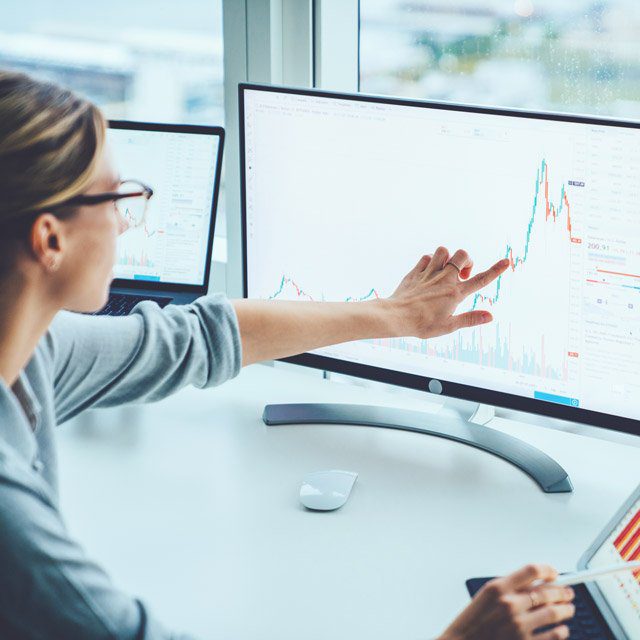Here's How Much Poorly Timed Trades Cost Fund Investors: Morningstar

“But for the most part, the time and energy that investors spend on trading decisions is wasted effort — and often counterproductive. Investors can improve their results by setting a rational asset allocation, buying low-cost funds and just sticking with the plan. It also makes sense to set a strict schedule for rebalancing, such as rebalancing once per year or when your portfolio’s allocations drift significantly away from target levels,” she said.
Investing a big lump sum and holding for the long term may produce the best results, but many investors don’t have the funds, said Arnott, who noted this method also requires discipline. Most investors can invest only smaller amounts of money at a time, she added.
The study suggests that investors can significantly improve their results by making regular investments over time, she wrote. “While systematic investing may not be ideal compared with buy-and-hold investing, it can still improve investors’ actual results because it helps them avoid the pitfalls of poorly timed inflows and outflows,” said Arnott.
U.S. equity funds and taxable bond funds, the two largest types by net assets, experienced smaller gaps than the broad fund universe, while allocation funds, which combine stocks, bonds and other assets, continued to show the smallest gap, according to Morningstar.
Sector, nontraditional equity and international equity funds generated the widest differences between investor and fund returns, according to the report, which noted more volatile funds tend to result in the largest investor shortfalls.
The relationship between return gaps and fees was less apparent, according to Morningstar. While the least expensive U.S. stock funds had smaller gaps than the most expensive, the reverse held true for taxable bond and nontraditional equity funds, the firm noted.





